14 Ways to Protect Tender Plants from Cold Nights
Protecting tender plants from cold nights is essential for maintaining a healthy garden. Cold temperatures can cause frost damage, leaving your plants vulnerable. Fortunately, there are many simple and effective ways to shield your plants from freezing weather. From using frost cloths to setting up temporary greenhouses, these methods can help keep your plants safe. Whether you are dealing with potted plants or garden beds, there are solutions for every situation.
This post may contain affiliate links, which helps keep this content free. Please read our disclosure for more info.
Use Frost Cloth or Fabric
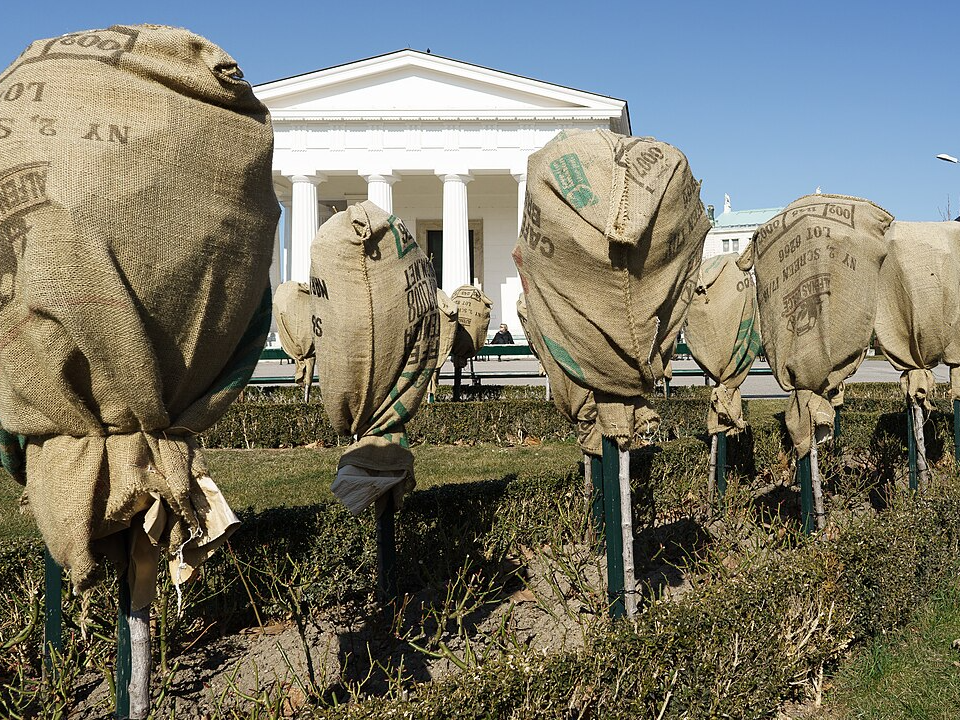
Frost cloth is a practical and easy-to-use solution for shielding your plants from cold nights. This fabric, typically made from lightweight polyester or polypropylene, traps heat and creates a barrier that prevents frost from directly touching your plants. Simply drape the frost cloth over your plants in the evening, making sure it touches the ground to trap warmth. The material is breathable, so while it prevents frost, it also allows air to circulate, which is important to avoid trapping moisture that could damage the plants.
This method is especially useful for gardeners who need an easy and effective way to protect plants during brief cold spells. Frost cloth is reusable and can be used season after season. It provides excellent coverage for both small garden beds and potted plants, offering reliable protection with minimal effort. Its versatility makes it an essential tool for gardeners in areas where frost is a common issue.
Bring Potted Plants Inside
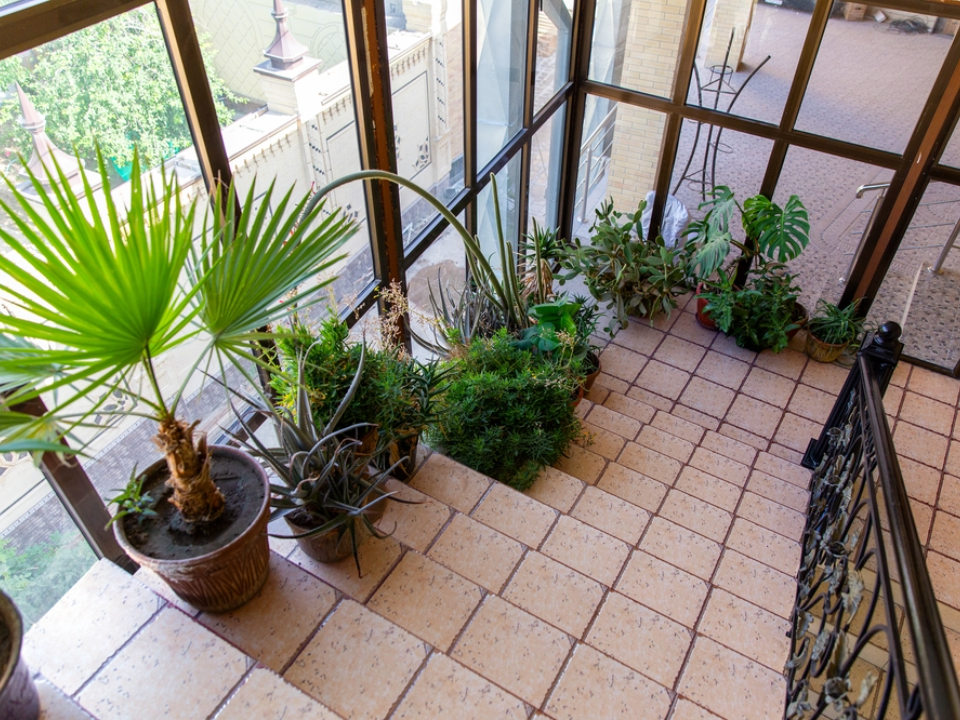
One of the simplest ways to protect your plants from cold nights is to bring them inside. Potted plants are easy to move, making them perfect candidates for indoor shelter when temperatures drop. If you have access to a garage, shed, or even a spare room, moving your plants inside will shield them from the harsh outdoor conditions. The warmer indoor environment keeps them from being exposed to frost, which is the main threat during cold nights.
This method works best for plants that are relatively small and can fit through doors or windows. For larger plants, consider moving them to areas that are insulated, like a basement or unheated sunroom, where temperatures are still relatively mild. Not only does this protect the plants from the cold, but it also ensures they get enough light during the day, preventing them from becoming leggy or weak.
Use Cloches or Plant Covers
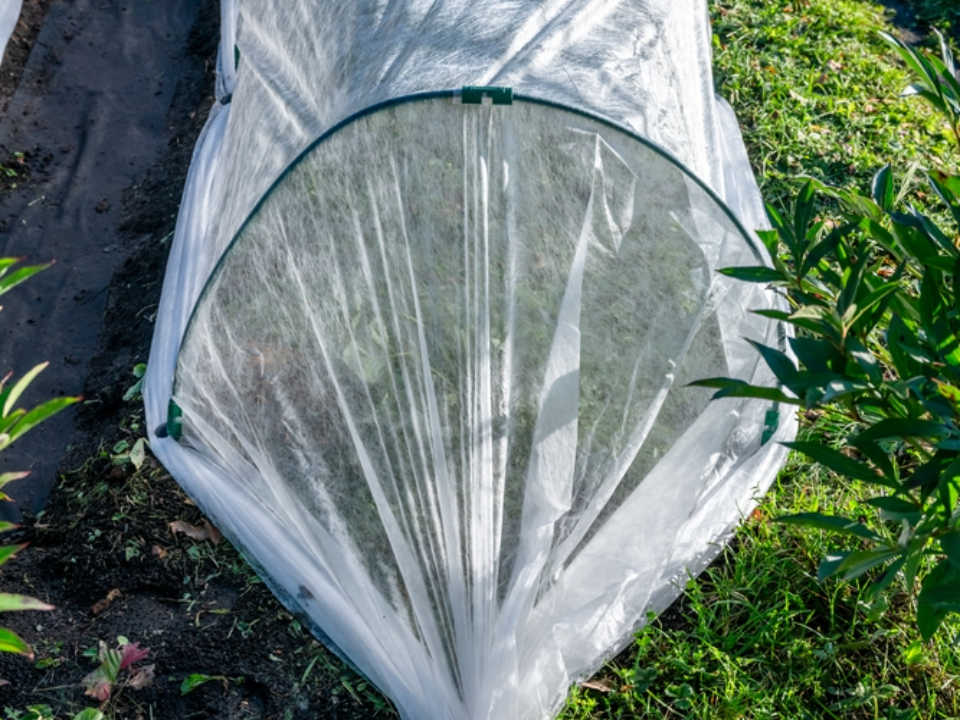
Cloches are protective covers that fit over individual plants to help them survive during cold nights. These can be made from various materials such as glass, clear plastic, or even acrylic. The purpose of a cloche is to create a small greenhouse effect, trapping warmth during the day and keeping the plants insulated at night. By placing a cloche over your plants, you’re essentially giving them a mini greenhouse where they can continue to thrive despite the cold weather.
These covers are particularly beneficial for plants that require warmth but are not easy to move indoors. They come in different sizes, making them suitable for both small seedlings and larger plants. Since cloches are transparent, they allow sunlight to reach the plant, which is essential for photosynthesis. This method provides a reliable form of protection without compromising the plant’s growth cycle.
Use a Cold Frame
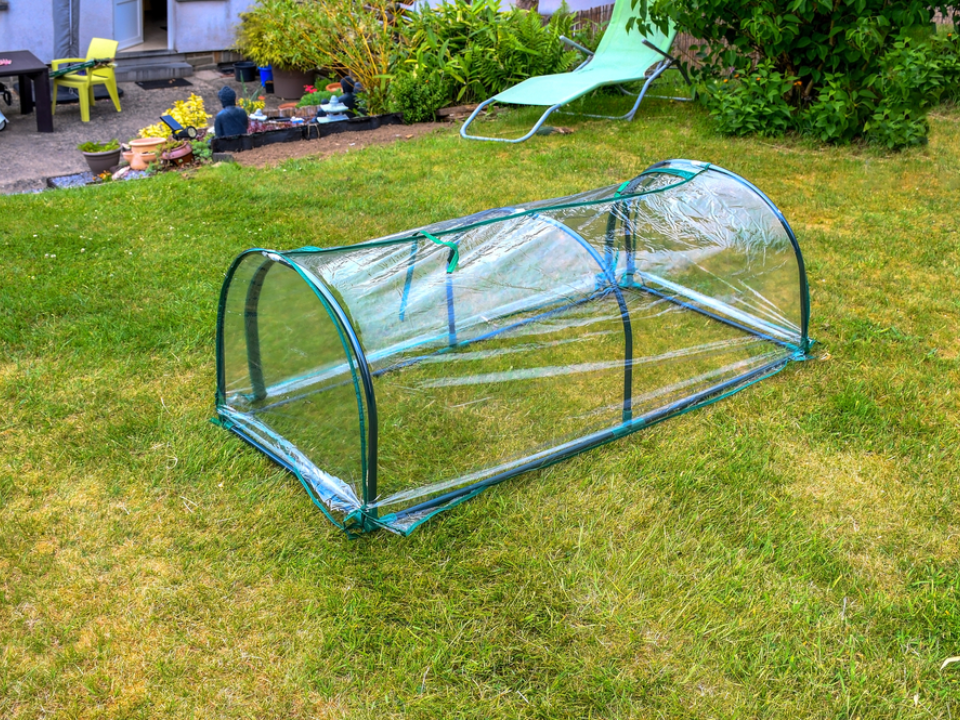
A cold frame is a small, enclosed structure that serves as a protective space for your plants. It typically consists of a wooden or metal frame covered with clear plastic or glass. This structure traps heat from the sun during the day and keeps it contained overnight, creating a warm microclimate for your plants. Cold frames are perfect for extending the growing season for tender plants, allowing them to remain protected from frost while still benefiting from natural sunlight.
Cold frames are ideal for gardeners who want to protect plants in garden beds rather than pots. By building a cold frame, you create a controlled environment that can keep your plants warm and safe during the colder months. Cold frames can be purchased pre-made or built yourself using basic materials. They are perfect for starting seeds earlier in the spring or keeping plants healthy well into the fall.
Cover Plants with Mulch
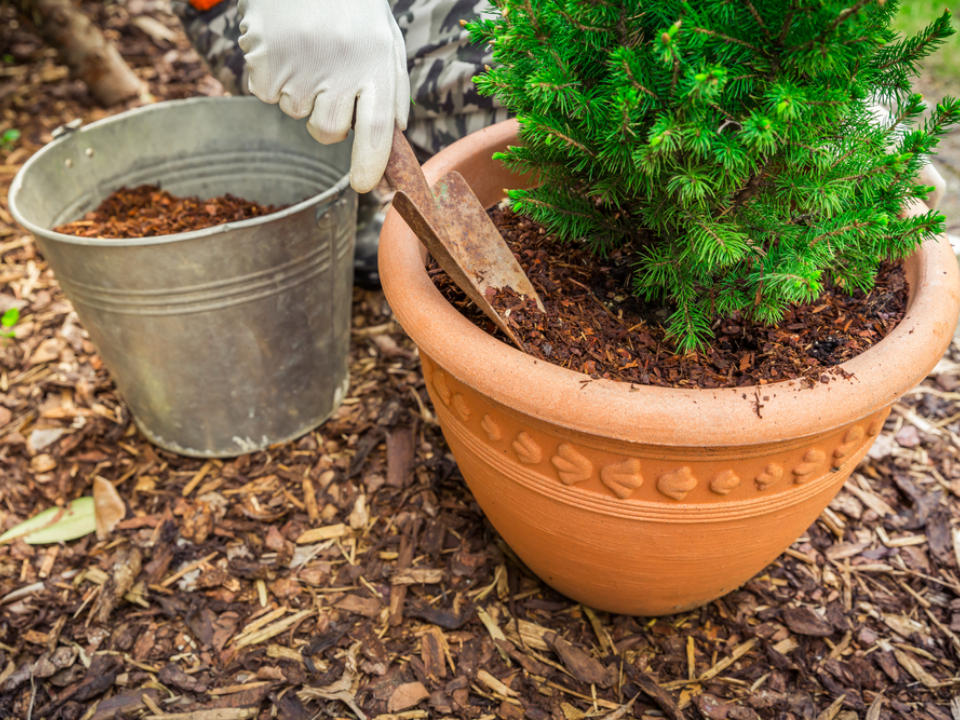
Mulching is an effective way to protect your plants, particularly the roots, from cold weather. By applying a thick layer of mulch around the base of your plants, you create an insulating barrier that prevents the soil from freezing. Mulch helps retain heat in the ground, providing a buffer between the cold air and the plant’s root system. Additionally, mulch helps regulate soil moisture, ensuring that your plants’ roots remain healthy even in colder temperatures.
Mulch can be made from a variety of materials, such as straw, leaves, wood chips, or bark. The choice of mulch depends on what is readily available to you, but all types will work effectively. This method is especially helpful for perennial plants and shrubs, as their roots are vulnerable to freezing. It’s a low-maintenance and cost-effective option for ensuring plant survival during the colder months.
Create a Temporary Greenhouse
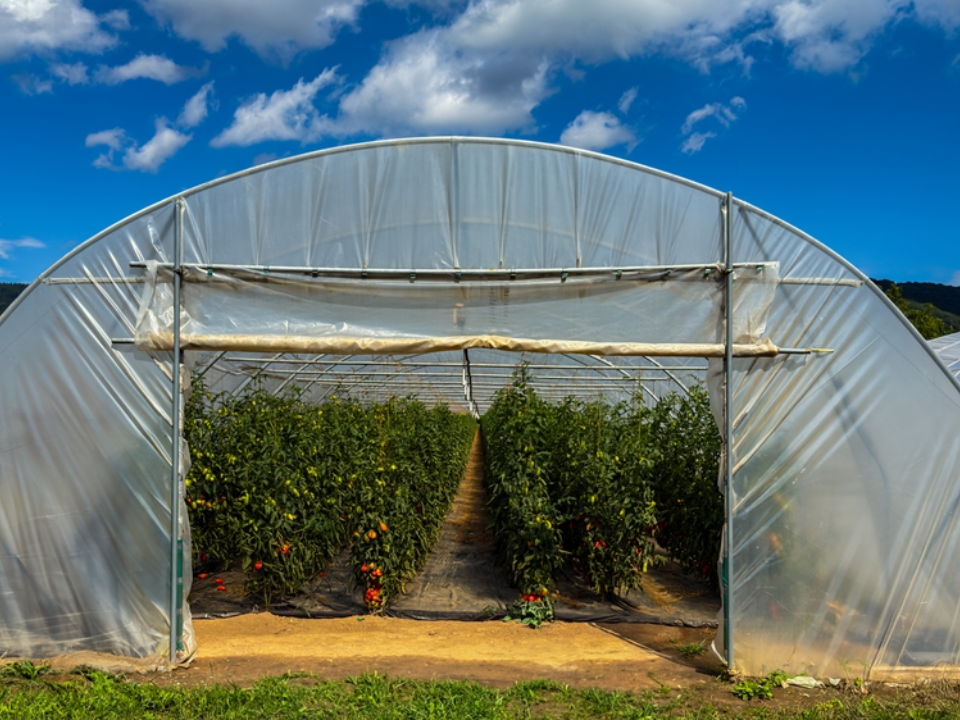
A temporary greenhouse is an excellent way to protect your plants from the cold, particularly if you have multiple plants in need of protection. You can build a simple greenhouse using PVC pipes and clear plastic sheeting. The PVC pipes form the structure, while the plastic sheeting acts as a protective cover that traps sunlight during the day and keeps the plants insulated at night. The greenhouse effect ensures that your plants remain warm even as temperatures drop outside.
A temporary greenhouse can be set up quickly, and it’s easy to remove once the weather warms up. This method is effective for larger gardens or groups of plants that need protection from frost. The clear plastic sheeting allows light to penetrate, helping your plants continue to grow while being shielded from the cold. You can build one yourself or purchase ready-made kits, depending on your needs.
Use Row Covers
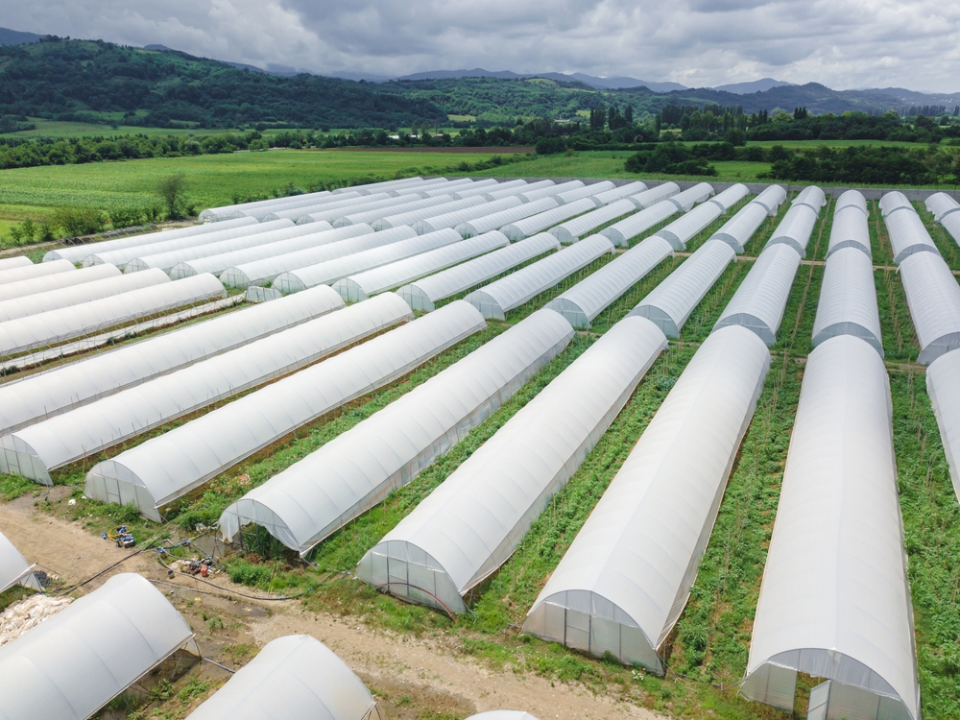
Row covers are lightweight fabrics designed to protect rows of plants from frost and extreme cold. These covers allow light, air, and moisture to reach the plants, while still providing a barrier against cold temperatures. Row covers are typically used in garden beds to protect multiple plants at once. They can be laid directly over the plants or placed on frames to create an elevated protective cover.
Row covers are particularly useful for vegetable gardens, as they can shield plants like lettuce, spinach, and herbs from early or late-season frost. They are available in different weights, with heavier versions providing more insulation during particularly cold nights. Row covers are easy to install and can be removed during warmer days, making them a versatile and cost-effective solution for frost protection.
Move Plants to a Sheltered Area
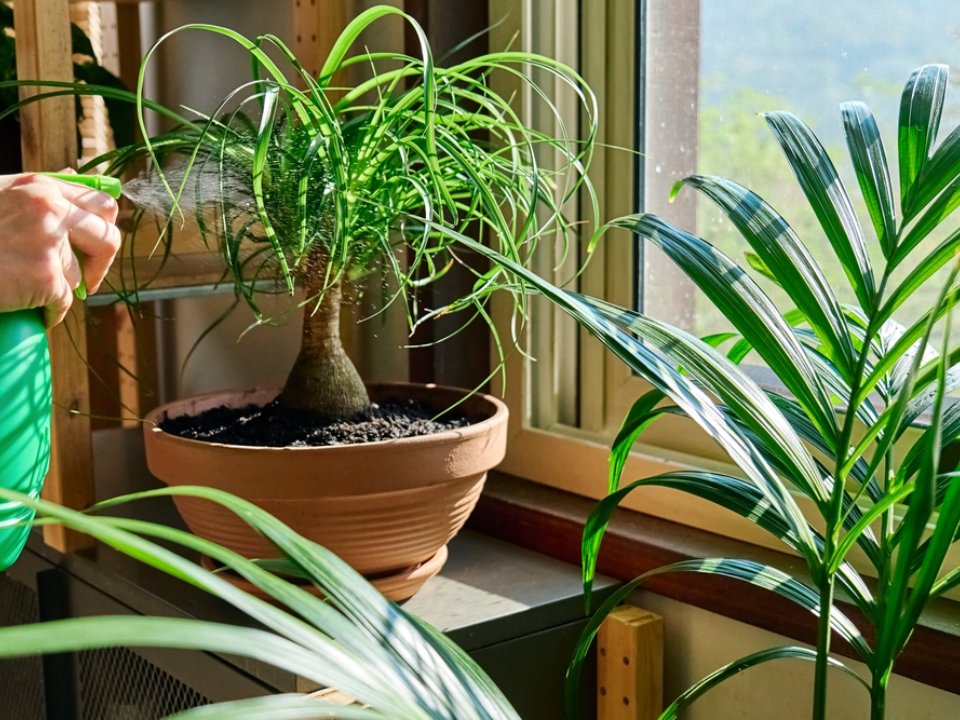
If moving plants indoors is not an option, relocating them to a sheltered spot can offer significant protection from the cold. Plant them near a wall, fence, or large shrub that can block the wind. These natural barriers create a microclimate that keeps the plants warmer during the night by shielding them from cold drafts. Additionally, the surrounding structures will absorb heat during the day and release it slowly at night.
This method is particularly useful for garden beds and potted plants that are too large to move indoors. Choose sheltered areas that still receive some sunlight during the day but are protected from the wind. This free solution works well for both new and established plants, helping them survive a cold snap without needing additional covers or equipment.
Use Straw Bales
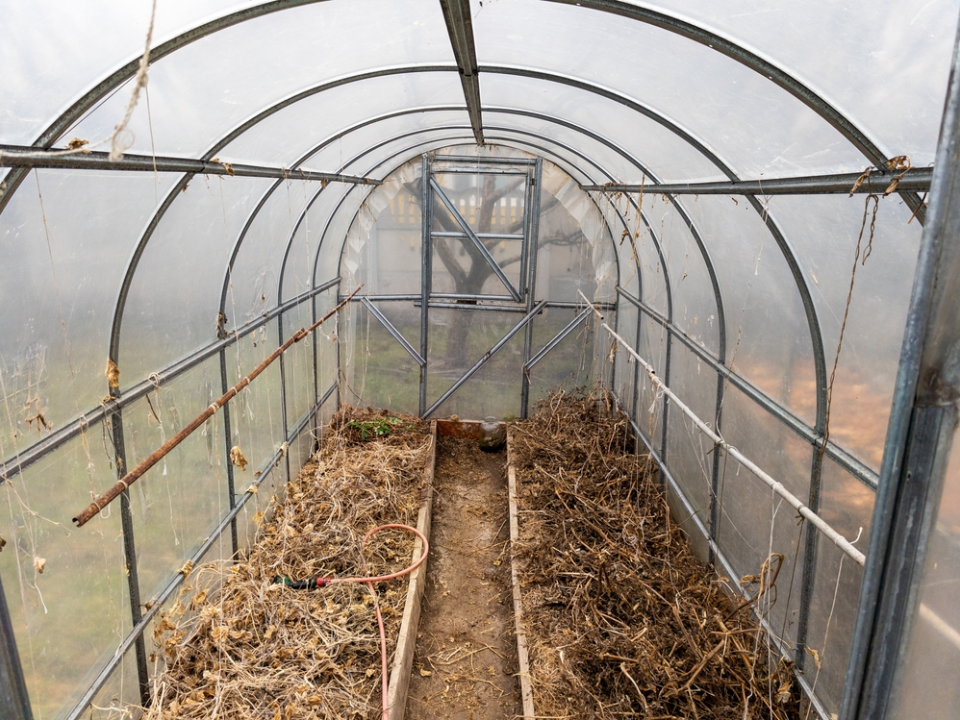
Straw bales are an excellent option for insulating plants during cold nights. You can place them around plants or use them to create a barrier that prevents the cold from reaching the soil. Straw is a natural insulator, and when stacked properly, it helps trap air, which provides a layer of warmth around your plants. Straw bales are also an effective way to prevent the soil from freezing, which could harm your plants’ root systems.
This method works best for garden beds and rows of plants that need protection from frost. Straw bales are easy to work with, and you can find them at garden stores or even purchase them in bulk from local farms. They can be used multiple times, making them an environmentally friendly option for protecting plants during the colder months.
Set Up a Temporary Plastic Tunnel
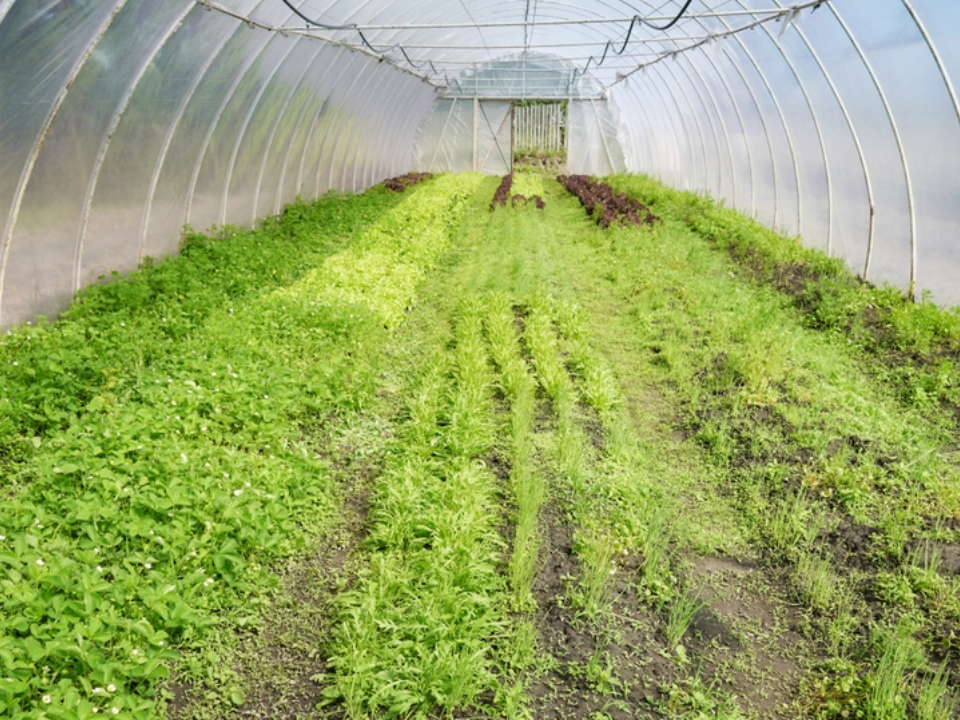
A temporary plastic tunnel is a simple, cost-effective way to create a protective space for your plants during cold weather. Made from clear plastic sheeting draped over flexible PVC pipes, the tunnel traps warmth during the day and helps insulate your plants from cold nights. You can build the tunnel over individual plants or rows of plants, depending on your garden’s layout.
Plastic tunnels work well for both small and large garden areas. The clear plastic allows sunlight to reach the plants while maintaining a warmer environment inside. This solution is especially helpful for protecting tender seedlings and vegetables from early frosts. Once the weather warms, the plastic can be removed, making it a temporary yet highly effective method for cold protection.
Place Plants Near a Heat Source
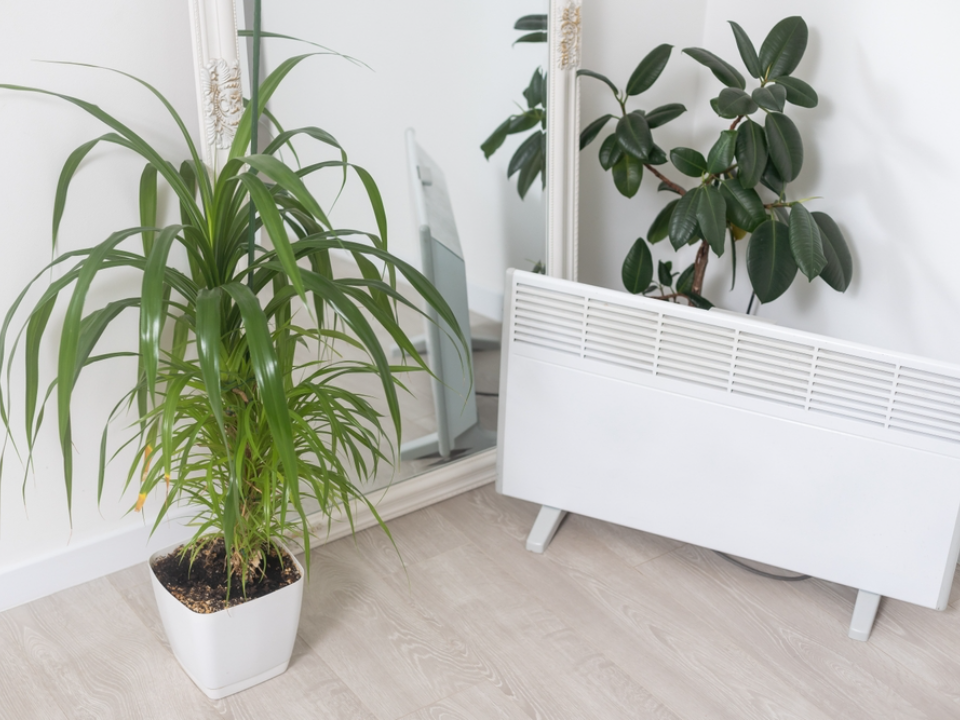
If you have a space heater or heat lamp available, consider placing your potted plants near it during cold nights. A gentle heat source will raise the surrounding temperature and prevent frost from damaging the plants. Just ensure that the heat is not too direct, as this could dry out the plants or soil. You can use this method in garages, sheds, or other sheltered areas where the plants will not be exposed to cold drafts.
While not a long-term solution, this trick can help keep plants warm for one or two nights. It’s an ideal method if you have a small number of plants or if you are expecting a brief cold snap. Additionally, using heat lamps or space heaters designed for plant growth can ensure your plants are not exposed to extremes in temperature.
Install a Greenhouse Heater
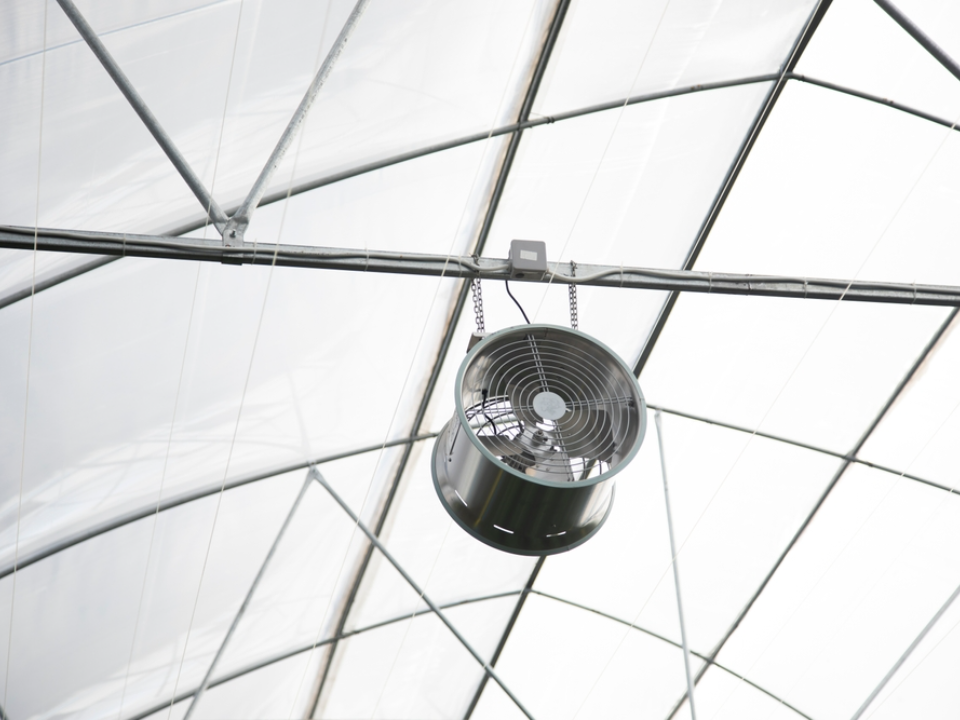
For gardeners with greenhouses, installing a small greenhouse heater can provide a constant, controlled temperature for your plants. These heaters are designed specifically to keep the air inside the greenhouse warm, which prevents frost from affecting your plants. They can be used during particularly cold nights to maintain a stable temperature. Greenhouse heaters come in electric, propane, or oil versions, allowing you to choose the best option for your space.
Greenhouse heaters are especially useful for large collections of plants that require consistent temperatures to thrive. They can also help extend the growing season for plants that are sensitive to cold. With proper use, these heaters can ensure that your plants remain safe and healthy, even in the harshest of winters.
Set Up a Temporary Wall of Plastic
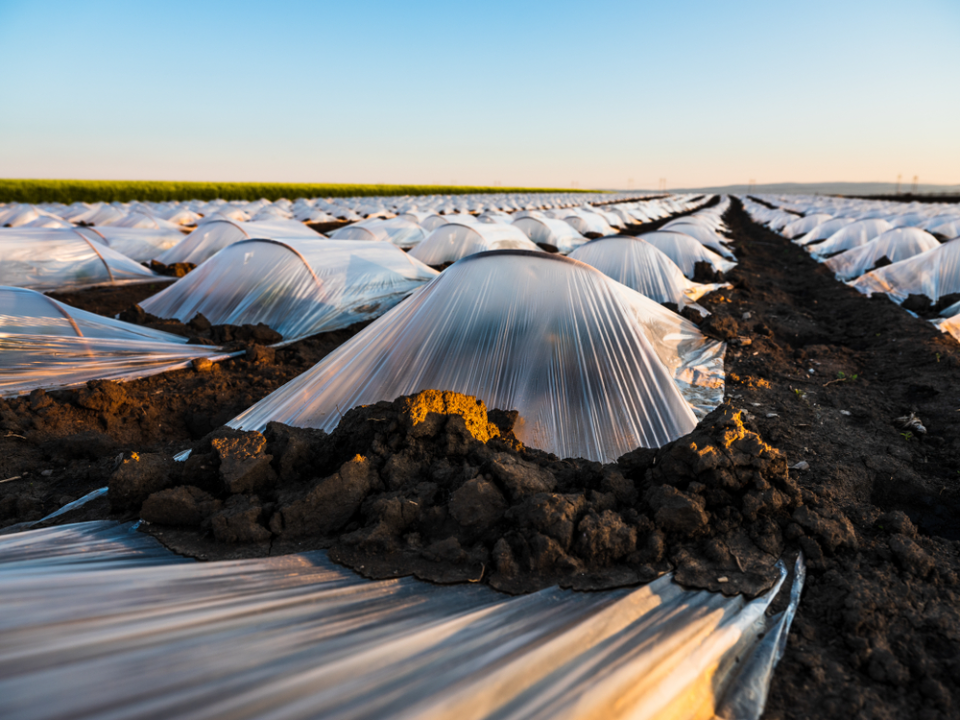
Creating a temporary wall made of clear plastic sheeting can be an effective way to protect plants from cold winds. This plastic acts as a barrier that traps warmth, helping to maintain a comfortable temperature for your plants. The plastic is lightweight and can be set up easily around your plants, providing a simple, yet effective shield from the cold.
This method is especially useful in areas with strong winds, as it prevents the cold air from reaching your plants. The clear plastic allows sunlight to pass through during the day, ensuring your plants receive the necessary light. It is an affordable and easy-to-implement solution for any garden.
Choose Cold-Hardy Plant Varieties
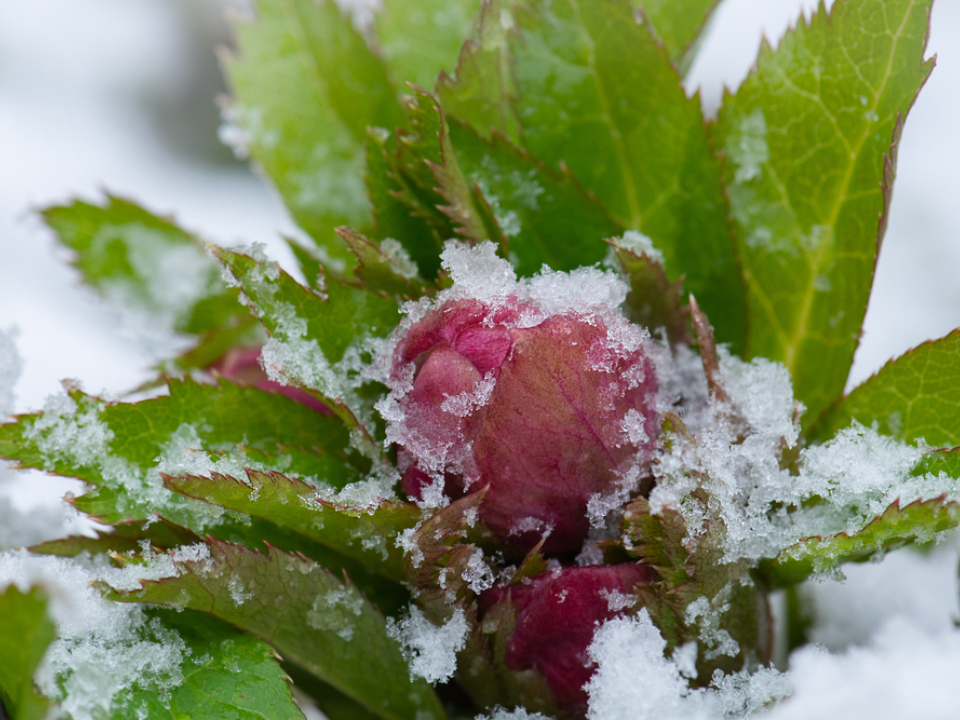
When planning your garden, one of the most effective ways to ensure your plants can withstand cold nights is to choose cold-hardy varieties. Many plants have varieties that are naturally suited to colder climates and can handle frost better than others. By selecting these varieties, you can reduce the need for additional protective measures, as they are built to endure low temperatures.
Cold-hardy plants come in many different types, including vegetables, herbs, and flowers. By choosing these varieties, you can save time and effort, as they often require less attention during the colder months. Researching which plants are best suited for your climate ensures that your garden thrives year-round, even when temperatures drop.
This article originally appeared on Avocadu.
